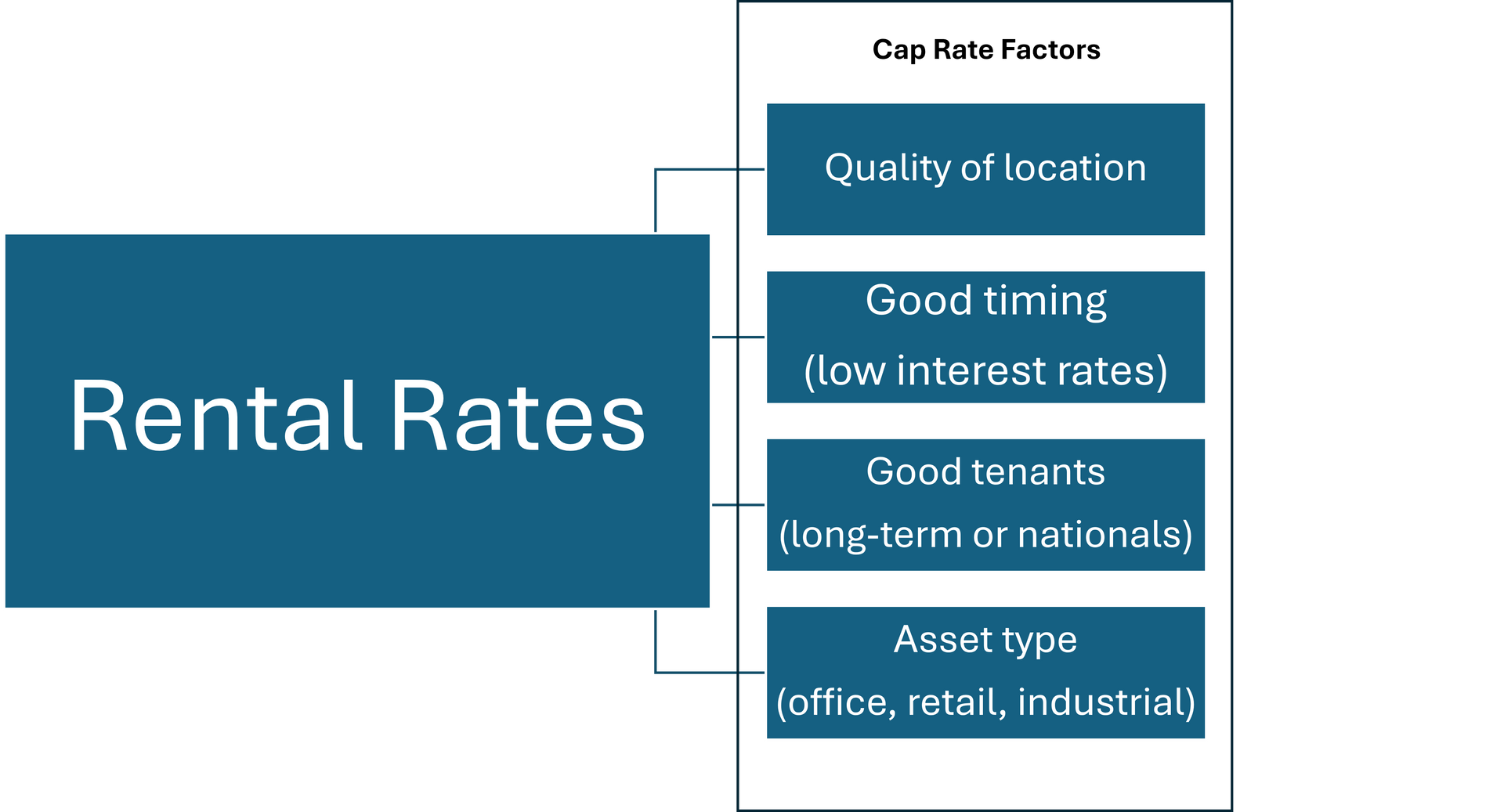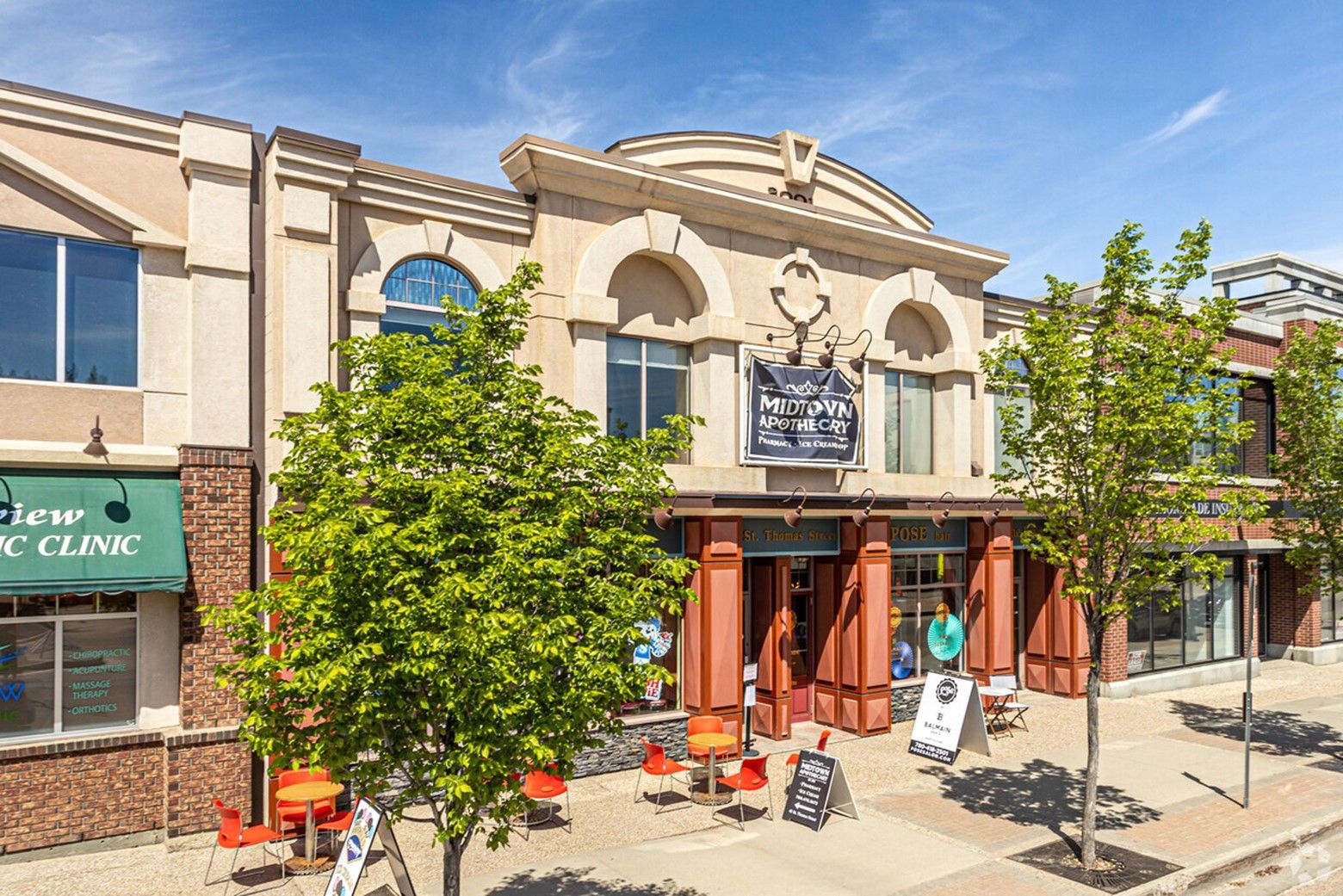
Blog Post
How to market your commercial real estate property?
Tom Dean • August 11, 2019
"Good luck is when opportunity meets preparation, while bad luck is when lack of preparation meets reality." - Eliyahu Goldratt

So you have a vacancy in your property, what now?
Companies often stumble when they try to be all things to all people, and when they abandon their core competency. Resolving this identity crisis and knowing what you are, and more importantly, what your not, often leads to the clarity and purpose necessary to be successful.
If you’re a landlord, the most important thing to understand with your property is determining the highest and best use for the property, and what the market is most prepared to absorb. This process determines what the right size, configuration, and price is for a space, all while taking market considerations into account.
If it’s a single vacancy, then you work with what you have, but if you have multiple vacancies or a very large space, you need to consider what role size will play. In Edmonton, the average office lease is about 3,000 Sq.Ft, so getting your space close to this size is often an excellent place to start.
In cognitive psychology, there’s something called the “endowment effect
” where a person places more value on a thing after they’ve possessed it, than when they never owned it. To give an example of this, many homeowners become attached to their homes for emotional reasons and tend to overestimate its value. These same homeowners will try to grind on price when they buy a new home. It’s crucial for landlords to accurately evaluate their properties. There are many commercial buildings that sit vacant for years because their owners have refused to adjust their approach to account for market realities.
So with that intro, let’s jump into the highest and best use.
Users
So often, the harder the building is to lease out, the easier it is to determine the highest and best use. A good understanding of various businesses, and how they are laid out, is key to making this determination. For spaces that are leased “as-is” where the landlord doesn’t want to make changes, understanding the business layout is critical. As with all commercial real estate, the end-user is the key.
In situations where the layout is easily changed, where the landlord is prepared to do a turnkey deal and build out the space for you (in other words, all things being equal), then highest and best use will come down to location and local amenities / surrounding businesses.
In Edmonton, many businesses choose to locate in the west end because of proximity to major suppliers. So flex users will cluster around distribution “anchors” for logistical convenience. The same holds true with medical doctors, who serve as a medical anchor which other businesses cluster around. In retail, grocery stores have traditionally been anchors, but as delivery services and pre-ordering services take off, retail landlords are increasingly looking to entertainment users and medical users to fill this anchor gap.
For landlords with office towers in a market with high vacancy, the best thing is to look at the gaps in the marketplace. Underserved markets are everywhere, and if there’s an opportunity to capture a piece of the market, the long term benefits can be extraordinary.
Office tower landlords often find themselves in an amenities arms race, where you have to keep up to be marketable. Depending on the market, it may be advantageous in this scenario to drop out of the race and become a lower-cost alternative and compete on price. Alternatively, if you own several buildings in the same area, it may be worthwhile to share amenities between your buildings to offer a more attractive overall package.
The absence of certain features will also impede certain users. I’ve written before about how internet service is really another utility, and insufficient internet will keep users away from certain areas where they would otherwise be key. Other services are key to different asset classes, power is critical to manufacturing businesses, while warehousing and distribution may be dependent on off-site features, such as access to major transit routes.
A diligent real estate agent will guide you in effectively marketing your property, what it is, and more importantly, what it’s not.
Unique Spaces
As mentioned above, the more unusual spaces are often the easiest ones to market, as they will have a very narrow appeal. This doesn’t mean they will be easier to lease, but it does mean that marketing is more focused.
Basement space is one example of a difficult space to lease, and because of limitations on users, it’s a good sample for determining highest and best use. If a basement has a low ceiling, poor lighting – a “dungeon” for lack of a better word – can be next to impossible, but there are some users that will lease the space. Government, institutional, medical, and law firms often still store hard copies of old files, these files might be needed once or twice a year, so access is not an issue, insurance in these cases is very important because a water leakage in these situations can be disastrous. Server farms are also a good option if your basement is sealed and has ample HVAC capacity and power, mall basements or the basements of office towers are ideal for these users. Some users won’t care about being in a basement, Escape Rooms, laser tag, some IT companies, boxing gyms, workout facilities, and many others can all be a good use for your basement space.
Another example is a Church building. The highest and best use for a church building is as a Church, and the issue is that church services only run a few times a week and churches are increasingly unable to support the cost of operating the building and have to turn to other users to cover their expenses. Churches have mitigated their operating costs by accommodating other users, others acting as a part-time community hall, or conference center on their off days. As religious service attendance drops off, more of these buildings are finding their way onto the real estate market, and investors and developers have to find creative solutions to make use of these buildings.
There are many metrics in assessing commercial real estate to determine the best uses for a space.
Market Demand
– Is there a demand for the offering? How significant is the demand in your market and how do you capture it? A good book on the subject is “Competitive Strategy” by Michale Porter and is an excellent book to read for insight into defining and capturing markets. This comes down to the business fundamentals and its placement on the broader market.
Need for exposure
– Does the site offer exposure? How much value does that exposure have? Keep in mind, not all exposure is created equal if you’re on a high traffic corridor, but there’s no way to stop, or there’s no parking, then the exposure you have won’t drive traffic to your site. If you have high exposure to a high-school, it may be a great place for a QSR or candy shop of some kind, but may not offer the same advantages to a liquor store.
Building services
– Does your building offer services that are unutilized? Data Centers often locate in office tower basements because of these buildings usually have very heavy power and proper ventilation. Alternatively, if you have an industrial building with light power, your building is likely better suited for warehousing, distribution, or even office space, than it is for fabrication.
Demographics/Workforce
– What are the local demographics, and how do they jive with your particular use? City cores tend to have a higher daytime population than suburbs. If you’re in a retirement community, you may have abundant local population, but your age profile and median income will be skewed toward older, fixed income couples with no children. A QSR in a downtown core will have significantly different hours and customers than the same QSR in a retirement community. Labor pool and the availability of skilled labor will also be vital in determining the placement of businesses that require a specialized workforce. Companies that require highly trained workers will be capped by the capacity of their market to provide that workforce.
Availability of Suppliers
– This extends beyond suppliers, and can be made to apply to any business that is highly dependent on another business. Accountants and lawyers can create good synergies, the same goes for real estate and finance. You are disproportionately likely to do business with people in close physical proximity, so who do you want to do business with?
Price
– Some businesses have tight margins, and as such, are price-conscious. In addition to the demand, exposure, services, workforce and suppliers; the costs can drive enterprises and capital out of one community and into another. We see that in Edmonton is large companies relocating to the counties to escape high commercial tax rates imposed by the city. This creates a vicious cycle of increasing taxes and an exodus of business.
Landlords must be conscious of the fact that tenants don’t care about net rates and operating costs; they care about their total real estate cost – the gross rental amount. When tenants compare buildings, they’re comparing gross rental rates. If your building has unusually high operating expenses, you need to adjust your total rental rates by lowering net rental amounts to be competitive.
Share
Tweet
Share
Mail











